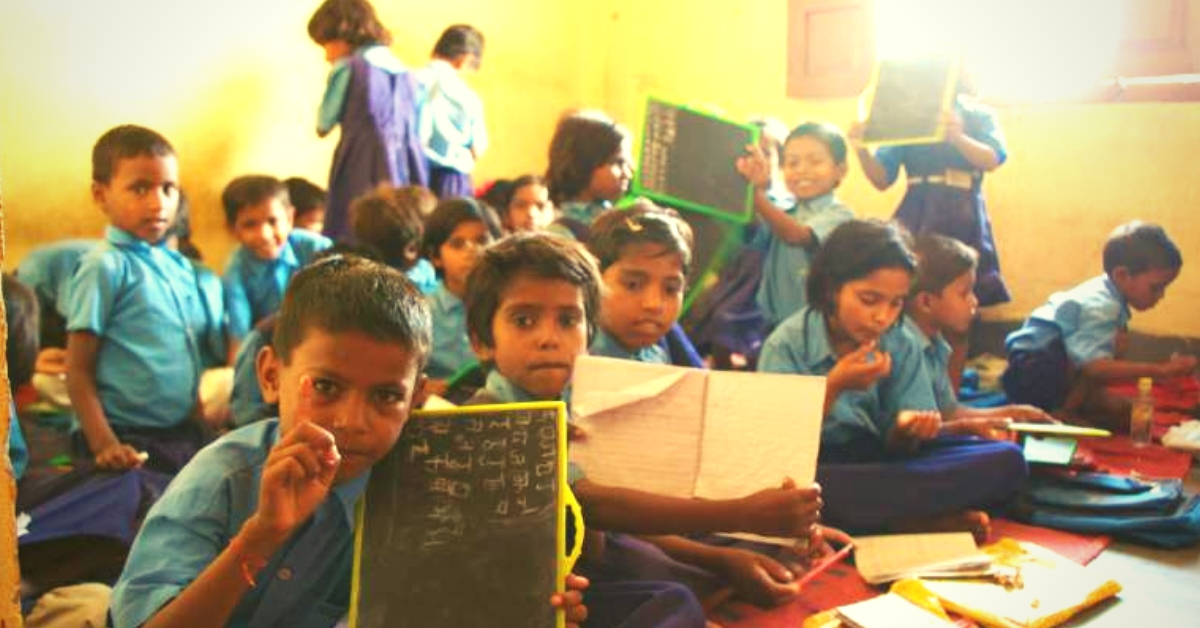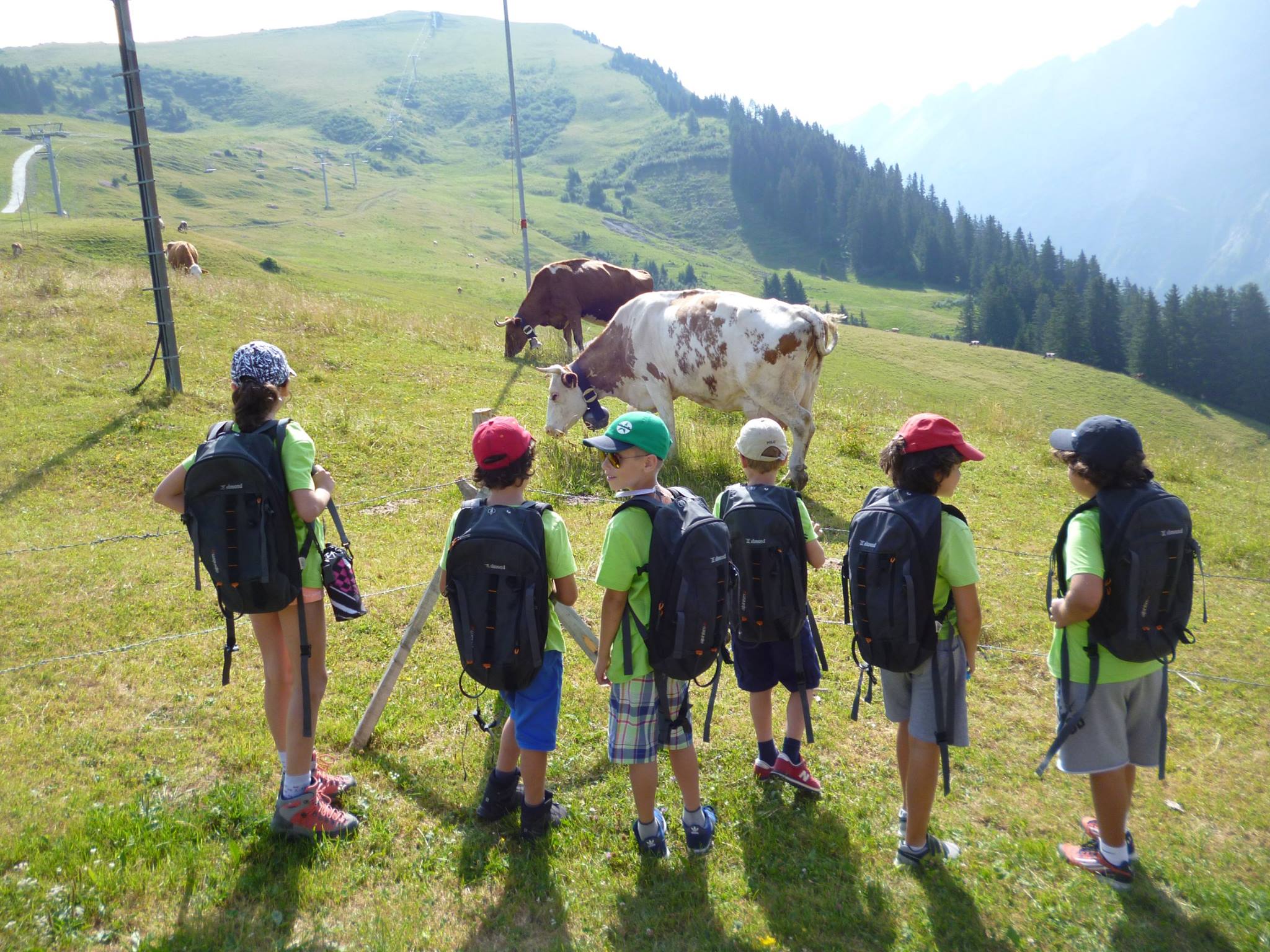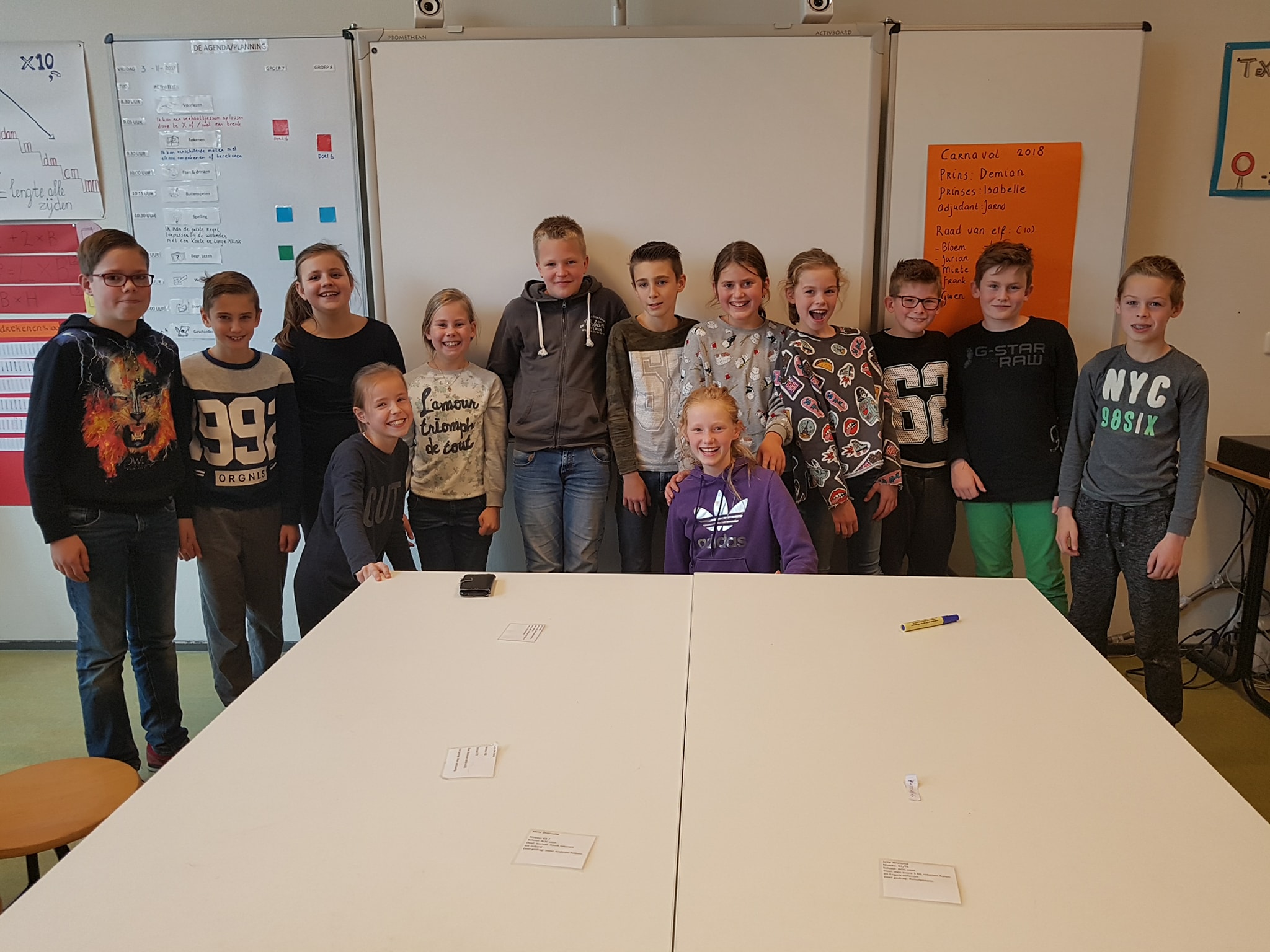4 Awesome Education Systems From Across the World That India Can Learn From!
Children in the Netherlands are said to be among the happiest—they also excel in math, science and literacy.

With so many different kinds of schools in the country, it is extremely difficult to pick one that best suits the needs of your child. As a parent, I remember doing thorough research before picking three top choices for my older child. In this article, we look at some of the policies that schools in other countries follow, which can very well be replicated in India.
Tactile sensory cards like these could be a great way of introducing your child to the world of nursery rhymes while keeping them entertained and engaged. Get your deck of eight cards from The Better India Shop here.
1. South Korea

One of the main focuses in South Korea is the primary education system—a solid foundation that stays with the individual through the rest of their academic life. For this, students attend school seven days a week.
According to World Bank data, 5.3 per cent of the country’s GDP in 2015 was spent on education. In comparison, 2014 data of the USA was at 5 per cent, while India recorded 3.8 in 2013.
Not only are teachers in South Korea highly qualified, but they are also paid good salaries. Being an educator in this country is an important job.
Takeaway: Build a strong foundation in children and pay educators well.
2. Finland

Children in Finland do not start attending formal school until the age of seven. By law, after every 45 minutes of instruction, teachers must give a 15-minute break. With no homework or standardised testing until high school, the system has been praised by academics world over.
Moreover, teachers are revered and have a high barrier to enter the profession. At the same time, they have the flexibility to plan lessons as they deem fit, and receive feedback at the end of the sessions, that helps them improve.
One of the key policies in this country is to provide a college education for free. Notably, this is not limited to bachelor’s degrees but includes a master’s degree as well as doctoral programmes.
This relieves parents and students from taking on large loans for education.
Takeaway: Delaying the age of entry into school, coupled with making higher education accessible is a win-win.
3. Switzerland

Source: Préfleuri International Alpine School, Switzerland/Facebook
Switzerland’s education system is counted among the best in the world. It’s not one or two but several factors that makes this system a favoured one. The presence of four national languages and the resultant multilingual education has a variety of benefits for students, including improved proficiency in spoken languages, superior problem-solving abilities, and higher executive functions.
From a young age, children are encouraged to make their own decisions; they can paint, draw, or even pick a musical instrument from as early as three.
Another fascinating aspect is the apprenticeship programme, where students can choose to take up an apprenticeship after elementary school. This gives them the opportunity to be trained in a company or occupation for 2-4 years. Alternatively, they could proceed with secondary school.
Takeaway: A flexible education system makes learning accessible to all.
4. The Netherlands

Children in the Netherlands are said to be among the happiest—they also excel in math, science and literacy. The education system also considers the mental well being of the child. Until the age of 10, students receive a negligible amount of homework and in most cases, no homework at all. This allows them to spend their time outdoors after school, rather than be bogged down by homework.
Interestingly, this system does not advocate competition among the students, and they are seldom graded against each other.
Rather than rote-learning, students are encouraged to learn by experience. The teaching approach uses hands-on methods to achieve an understanding of the subjects.
Takeaway: Allowing students to learn by experience and keeping them happy makes them efficient.
You May Also Like: This Lawyer’s Powerful PIL Helped 132 Orphaned Girls in Uttarakhand Get Free Education!
While each country has its own system to impart education, it is ideal to borrow from others for a solid foundation for tomorrow’s leaders. These are some examples that India could consider borrowing from.
(Edited by Shruti Singhal)
Featured image: TBI Archives
Like this story? Or have something to share?
Write to us: [email protected]
Connect with us on Facebook and Twitter.
If you found our stories insightful, informative, or even just enjoyable, we invite you to consider making a voluntary payment to support the work we do at The Better India. Your contribution helps us continue producing quality content that educates, inspires, and drives positive change.
Choose one of the payment options below for your contribution-
By paying for the stories you value, you directly contribute to sustaining our efforts focused on making a difference in the world. Together, let’s ensure that impactful stories continue to be told and shared, enriching lives and communities alike.
Thank you for your support. Here are some frequently asked questions you might find helpful to know why you are contributing?


This story made me
-
97
-
121
-
89
-
167











